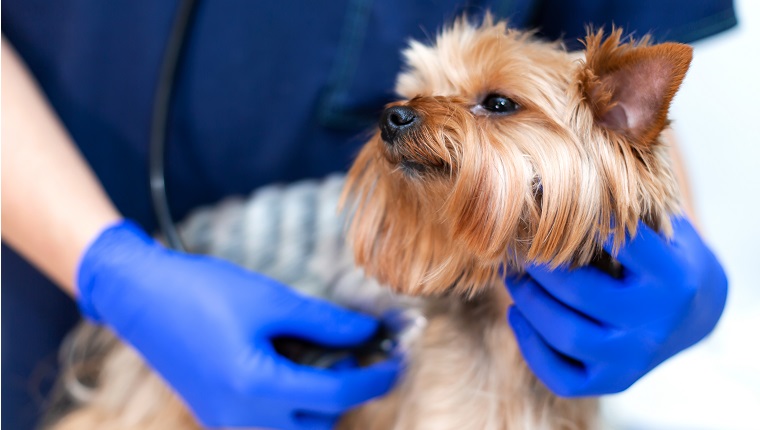Bile duct cancer in dogs is a malignant form of cancer that develops in the lining of the liver’s bile ducts. It can spread quickly and widely through a dog’s body and can be difficult to treat effectively.
Bile helps break down fat and aids in digestion, among other functions. When cancer starts to grow in the bile ducts, it can…







